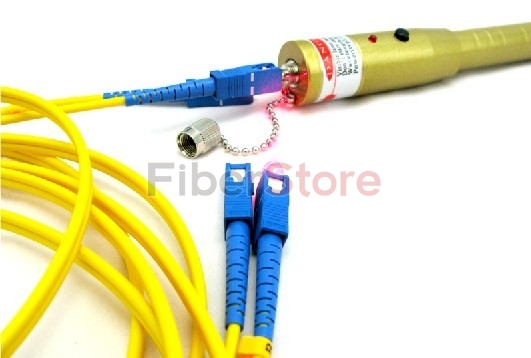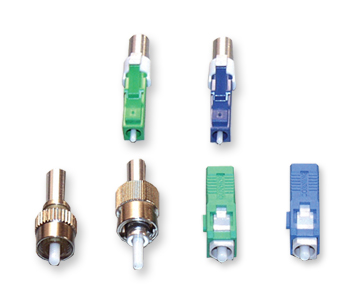Through glass fiber optic cable is more welcome in today’s telecommunication system, plastic optic fiber(POF) is another option as it can do something that fiber optic doesn’t do. Before the invention of the plastic optical fiber, the glass optical fiber had been invented but still it never met the standard set because it only managed medical imaging at a certain level. POF’s tight bend radius and low cost make it unique for Medical Imaging applications.
Since the modifications to enhance better POF Fiber have been on and we experience major improvements day by day. Most of the technology we use especially in communication and data transmitting is through the plastic optical fiber. One of the most exciting developments in polymer fibers has been the development of microstructured polymer optical fibers (mPOF), a type of photonic crystal fiber. Traditionally PMMA (polymethyl methacrylate) is the core material of plastic optic fiber, and fluorinated polymers are the cladding material. Since the late 1990s however, much higher-performance POF based on perfluorinated polymers (mainly polyperfluorobutenylvinylether) has begun to appear in the marketplace. The latest state of POF, engineers now know the right types of plastics and manufacturing techniques to develop graded-index and low-NA plastic fiber with transmission rates of 3 Gb/sec in runs exceeding 100m.
POF in Simple:
- PMMA and Polystyrene are used as fiber core, with refractive indices of 1.49 and 1.59 respectively.
- Generally, fiber cladding is made of silicone resin (refractive index ~1.46).
- High refractive index difference is maintained between core and cladding.
- High numerical aperture.
- Have high mechanical flexibility and low cost.
- Attenuation loss is about 1 dB/m @ 650 nm.
- Core/Cladding size 1 mm.
- Bandwidth is ~5 MHz-km @ 650 nm.
Plastic optical fiber is commonly applied to consumer short-distance fiber for electronic appliances and motor vehicles. POF has been called the “consumer” optical fiber because the fiber and associated optical links, connectors, and installation are all inexpensive. Due to the attenuation and distortion characteristics of the traditional PMMA fibers are commonly used for low-speed, short-distance (up to 100 meters) applications in digital LANs, home appliances, home networks, industrial networks (PROFIBUS, PROFINET), and car networks (MOST). The perfluorinated polymer fibers arecommonly used for much higher-speed applications such as data center wiring and building LAN wiring.
Unlike the fiber cables used in long distance communication systems that require precise cutting, polishing, and alignment or the connector terminations on CAT5/CAT6 cable that require special equipment like fusion splicer, fujikura electrodes, fiber cleavers, optical fiber aligners, LAN Network Tester, cable crimping tool and so on. POF Fiber can be installed by anyone using a simple cutting tool. POF Fiber can be easily installed under baseboards and along carpet edges or around door moldings. It can be pulled under carpets, fit through small holes, or run inside the wall cavity and attic as is done with traditional wiring practices.


